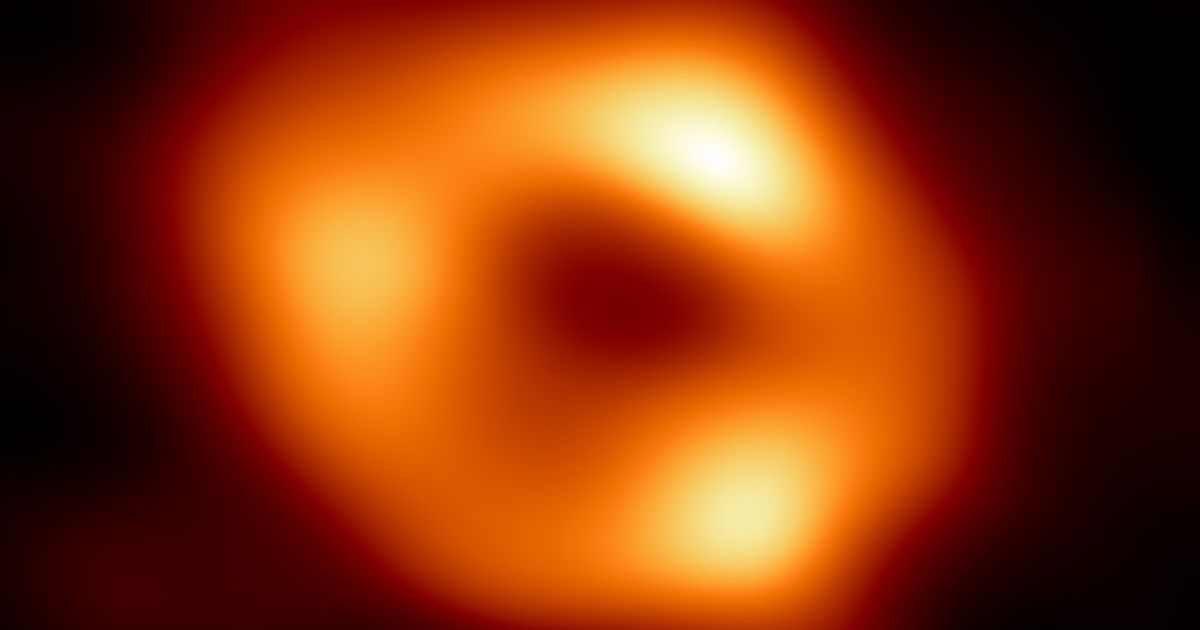
Magnetic fields discovered around a supermassive black hole at the center of the Milky Way
A new image from the Event Horizon Telescope (EHT) has revealed strong, regular magnetic fields rising from the edge of the supermassive black hole Sagittarius A* (Sgr A*). The structure of the magnetic field around Sagittarius A* shows striking similarities to that of the black hole at the center of the galaxy M87. This shows that all black holes have strong magnetic fields. The similarity also suggests the presence of a jet in Sgr A*.
Two years ago, scientists published the first recording of Sagittarius A*. Although the supermassive black hole at the center of the galaxy, located about 27,000 light-years from Earth, is a thousand times smaller and less massive than M87 – the first black hole to be imaged, observations have shown that the two are remarkably similar. This has led scientists to wonder if they have other common characteristics besides their appearance.
To find out, the EHT team decided to study Sagittarius A* in polarized light. Previous studies of light around the black hole in M87 (M87*) showed that surrounding magnetic fields allowed this black hole to shoot powerful jets of matter into space. New recordings build on this and show that the same may also apply to Archer A*.
There are also strong, intertwined and organized magnetic fields around the black hole at the center of the galaxy. From the fact that the polarization structure of Sagittarius A* is very similar to that of the more massive black hole M87*, astronomers infer that strong, ordered magnetic fields play a crucial role in the way black holes interact with the gas and matter within their environment.
Light is nothing more than an oscillating (up and down) electromagnetic wave that allows us to see things. Sometimes light oscillates in a preferred direction: then we call it “polarized”. Although polarized light is all around us, the human eye is unable to distinguish it from “normal” light. In the plasma surrounding black holes, particles orbiting around magnetic field lines create a polarization pattern perpendicular to the field. This provides astronomers with the opportunity to see what's happening around black holes in more detail and map their magnetic field lines.
To observe Sagittarius A*, the EHT team linked up eight telescopes around the world to create an imaginary Earth-sized telescope. This “giant telescope” has made several observations since 2017 and will observe Sagittarius A* again in April 2024. As new telescopes are added to the EHT, the images will improve.

“Travel enthusiast. Alcohol lover. Friendly entrepreneur. Coffeeaholic. Award-winning writer.”
